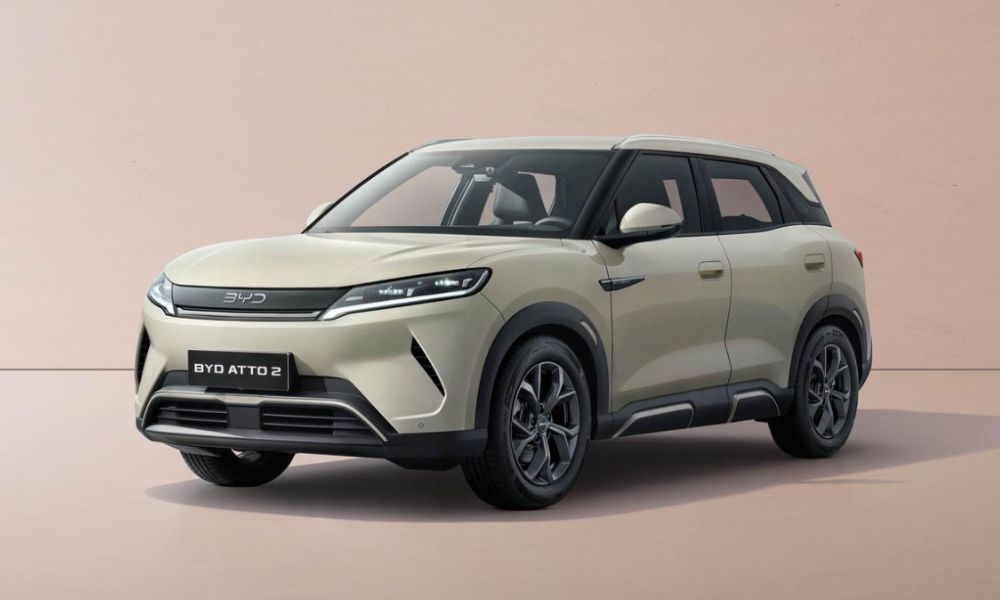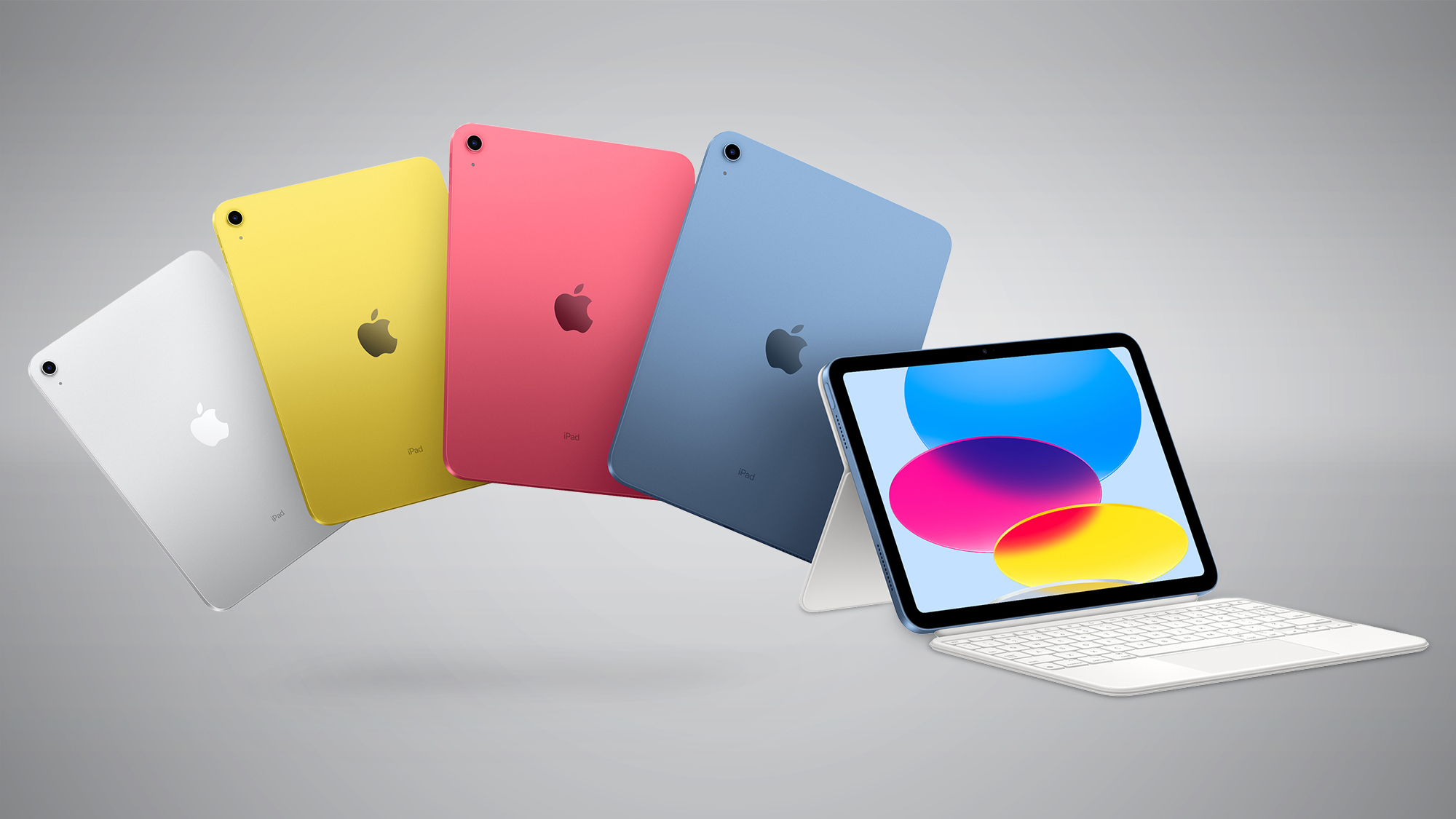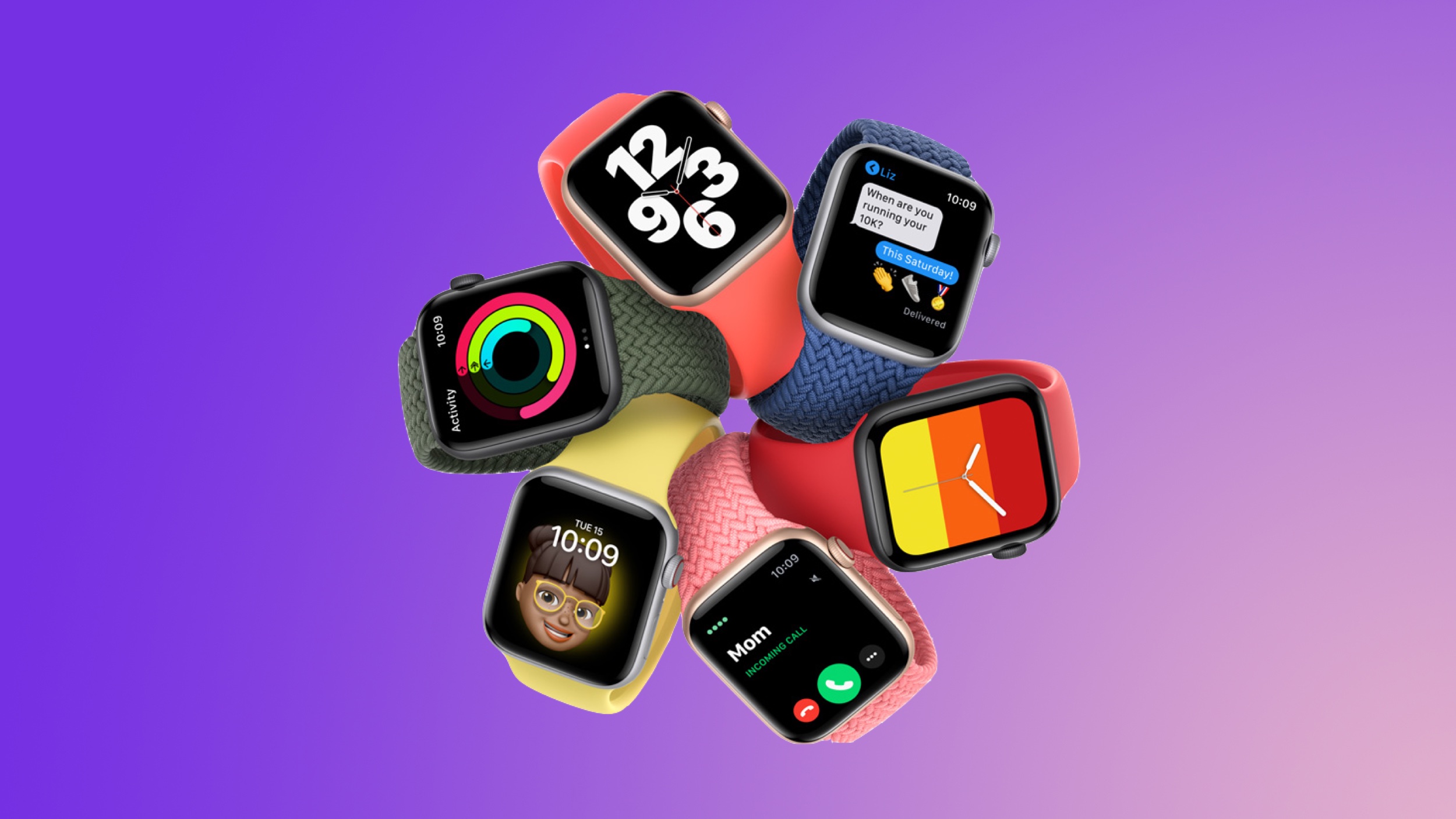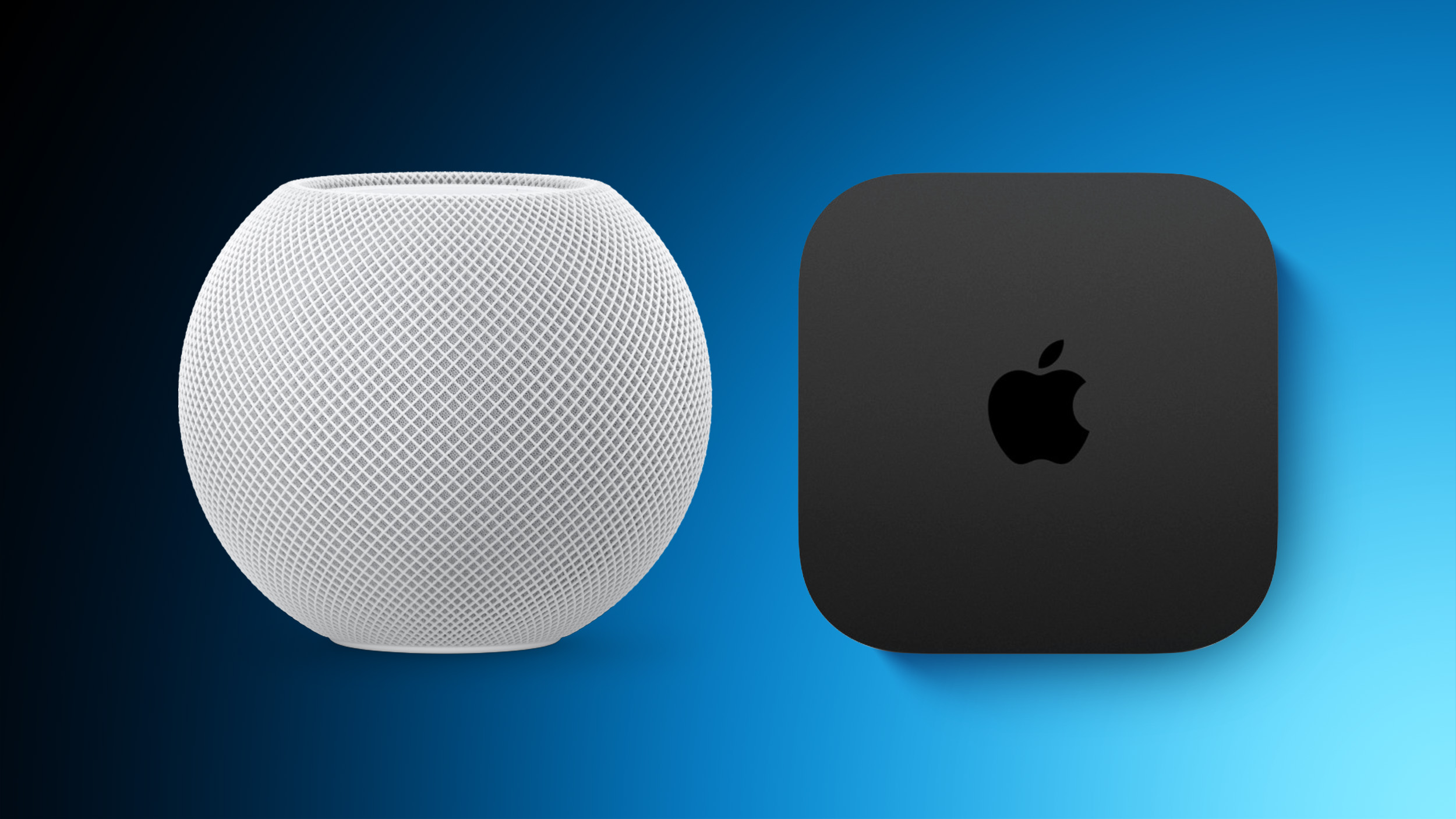DJI’s new RS4 and RS4 Pro are hands-down our favorite camera gimbals, and they’re even better with the Focus Pro system
[[{“value”:”
Serious filmmakers go to great lengths to get steady footage, even on low-budget indie productions, donning bulky shoulder mounts, setting up a complicated rigs, or attaching a gimbal.
The latter is the most compact and popular option, but users will be all too familiar with how gimbals can be extra fiddly to initialize, and prone to unwanted shakes on set. And with the best mirrorless cameras offering increasingly effective in-body image stabilization, is there still a place for the humble camera gimbal? Looking at the new DJI RS 4, we’d have to say yes.
DJI has long been the top name in the stabilization game, as seen in our favorite vlogging camera, the gimbal-equipped Pocket 3, superb drones like the recent TechRadar Choice Awards winner the DJI Mavic 3 Pro, and more serious filmmaking gear like the full-frame DJI Ronin 4D 8K. Now we have the latest generation of camera gimbal designed for mirrorless camera systems, and we wax lyrical about it in our RS 4 review. It’s the best camera gimbal of its kind that we’ve ever used.
The DJI RS 4 was launched alongside the DJI RS 4 Pro and the DJI Focus Pro system, which offers focus-assist tools such as a LiDAR autofocus system for manual focus lenses. The RS 4 costs $549 / £469, while the Combo kit is $719 / £619 and adds some follow-focus tools: a Focus Pro Motor, Focus Pro Motor Rod Mount kit, and Focus Gear Strip. The RS 4 Pro is designed for weightier camera and lens pairings, and costs $869 / £749 or $1,099 / £949 for the Combo kit.
Focus Pro items such as the LiDAR can be purchased individually, or you can get the whole lot in the DJI Focus Pro All-In-One Combo for $1,849 / £1,449. Australia pricing for all of those items is TBC.
(Image credit: DJI)
Versatile, feature-packed, and easy to use
There’s no getting around the common frustrations that come with gimbals, and which only intensify when you’re under pressure on set. It’s enough of a stress to make you consider shooting handheld instead, especially when you consider the excellent video stabilization offered by cameras such a the Sony ZV-E1 and Panasonic S5 II. However, best-in-class in-body image stabilization still doesn’t compare to the smoothness you get with a gimbal. If only a gimbal could be super-quick and painless to set up and versatile for shooting at awkward angles… Well, with the RS 4, that’s now a reality.
In testing for our review, the RS 4 proved super-easy to use. It’s easy to make adjustments on the fly, and with its extra long arm and redesigned horizontal plate it’s easier than ever to transition between vertical and horizontal modes, as well as attaching extra camera accessories without impeding the gimbal’s function. It’ll accept a camera and lens combination up to 6.6lbs / 3kg (if your gear is heavier then the Pro version is the better option, with a max payload of 10lbs / 4.5kg).
With the Combo kit you get a Focus Pro motor that makes manual focusing much easier, because you can avoid touching the lens itself. But if you want DJI’s best LiDAR powered autofocus for manual-focus lenses, or remote monitoring, you’ll need to fork out extra for some of the Focus Pro items.
(Image credit: DJI)
There’s no getting around how expensive the DJI RS 4 and DJI RS 4 Pro are, especially when you add in some of the Focus Pro items, but there really is no rival that offers such excellent features. You might not need all of what’s on offer, but knowing just how versatile and easy to use, this camera gimbal system is, and how effectively it produces smooth footage, will only make you want to use it all the more. For more details check out the DJI website.
You might also like
DJI RS 3 Mini is the super-light gimbal YouTubers have been waiting forThe best YouTube camera 2024: top choices for your new channelDJI Ronin 4D-8K finally hits the shelves – and it’s a mega all-in-one 8K rig
“}]]







